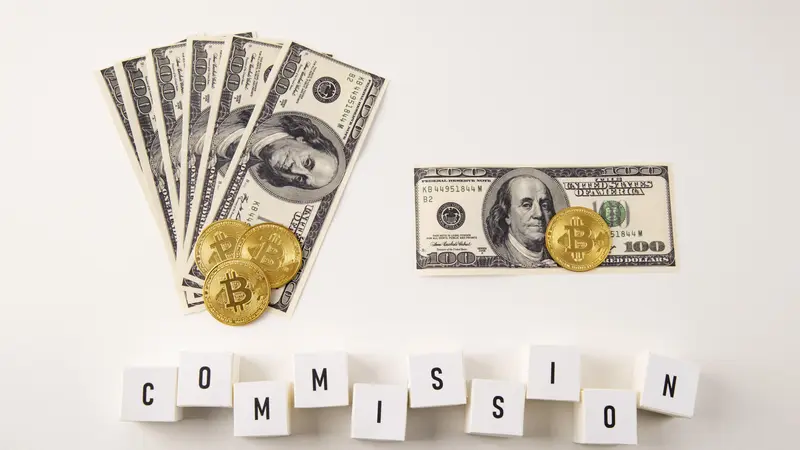Keeping track of the dollar exchange rate is crucial for individuals and businesses alike. The value of the dollar affects everything from international travel to global trade. In this article, we will explore what influences the dollar exchange rate, its impact on the economy, and tips for monitoring and understanding the dollar’s value today.
Factors Influencing the Dollar Exchange Rate
Economic Indicators
Economic indicators play a significant role in determining the dollar exchange rate. Key indicators include GDP growth, employment rates, and inflation. A strong economy with high GDP growth and low unemployment typically strengthens the dollar, while high inflation can weaken it.
Interest Rates
Interest rates set by the Federal Reserve influence the dollar’s value. Higher interest rates attract foreign investors looking for better returns on their investments, increasing demand for the dollar. Conversely, lower interest rates can decrease demand, leading to a weaker dollar.
Political Stability
Political stability and government policies also affect the dollar exchange rate. Stable governments with sound fiscal policies tend to boost investor confidence, strengthening the dollar. Political uncertainty or instability can lead to a decrease in the dollar’s value as investors seek safer assets.
Trade Balances
The trade balance, which measures the difference between a country’s exports and imports, impacts the dollar. A trade surplus, where exports exceed imports, typically strengthens the dollar. A trade deficit, where imports exceed exports, can weaken it.
Impact of the Dollar Exchange Rate on the Economy
International Trade
The dollar exchange rate significantly affects international trade. A stronger dollar makes U.S. exports more expensive for foreign buyers, potentially reducing demand. Conversely, a weaker dollar makes exports cheaper and more attractive to foreign markets, boosting sales.
Travel and Tourism
For travelers, the dollar exchange rate determines the cost of foreign trips. A strong dollar means U.S. travelers get more foreign currency for their dollars, making travel cheaper. A weaker dollar means travel abroad becomes more expensive as the dollar buys less foreign currency.
Investment and Stock Markets
The dollar’s value influences investment flows and stock markets. A strong dollar can attract foreign investments, increasing capital inflows. It can also affect multinational companies’ earnings, as a strong dollar can reduce the value of foreign revenue when converted back to dollars.
Inflation and Purchasing Power
The dollar exchange rate impacts inflation and purchasing power. A weaker dollar can lead to higher import prices, contributing to inflation. Conversely, a stronger dollar can lower import prices, reducing inflationary pressures. Changes in the dollar’s value can also affect the cost of living and purchasing power.
Monitoring the Dollar Exchange Rate
Financial News and Reports
Stay updated with financial news and reports to monitor the dollar exchange rate. News outlets, financial websites, and economic reports provide real-time information on the dollar’s value and the factors influencing it. This information is crucial for making informed financial decisions.
Currency Exchange Platforms
Currency exchange platforms and financial apps offer real-time exchange rate information. These platforms allow users to track the dollar’s value against other currencies, making it easier to monitor fluctuations and trends. Many platforms also provide historical data for analyzing past performance.
Economic Calendars
Economic calendars highlight important events and releases that can impact the dollar exchange rate. These include central bank meetings, economic data releases, and geopolitical events. By keeping an eye on these events, you can anticipate potential movements in the dollar’s value.
Consulting Financial Experts
Consulting financial experts and analysts can provide valuable insights into the dollar exchange rate. Experts can offer in-depth analysis and forecasts based on economic indicators and market trends. Their expertise can help you understand the factors driving the dollar’s value and make informed decisions.
Strategies for Managing Currency Risk
Diversifying Investments
Diversifying investments is a key strategy for managing currency risk. By spreading investments across different assets and regions, you can reduce the impact of currency fluctuations on your portfolio. This strategy can help protect your investments from adverse movements in the dollar exchange rate.
Using Hedging Instruments
Hedging instruments, such as forward contracts and options, can help manage currency risk. These financial instruments allow businesses and investors to lock in exchange rates for future transactions, protecting against unfavorable currency movements. Hedging can provide stability and predictability in financial planning.
Staying Informed and Flexible
Staying informed about the dollar exchange rate and remaining flexible in your financial strategies is crucial. Regularly review your investments and financial plans to adapt to changing market conditions. Being proactive and responsive to currency fluctuations can help mitigate risks and seize opportunities.
Conclusion
Understanding and monitoring the dollar exchange rate is essential for individuals and businesses. The value of the dollar influences international trade, travel, investment, and inflation. By staying informed about the factors affecting the dollar and using strategies to manage currency risk, you can navigate the complexities of the global economy. Whether you are planning a trip abroad, managing investments, or conducting international business, keeping an eye on the dólar hoy will help you make informed and strategic decisions.

One thought on “Dólar Hoy: Understanding Today’s Dollar Exchange Rate”
Comments are closed.